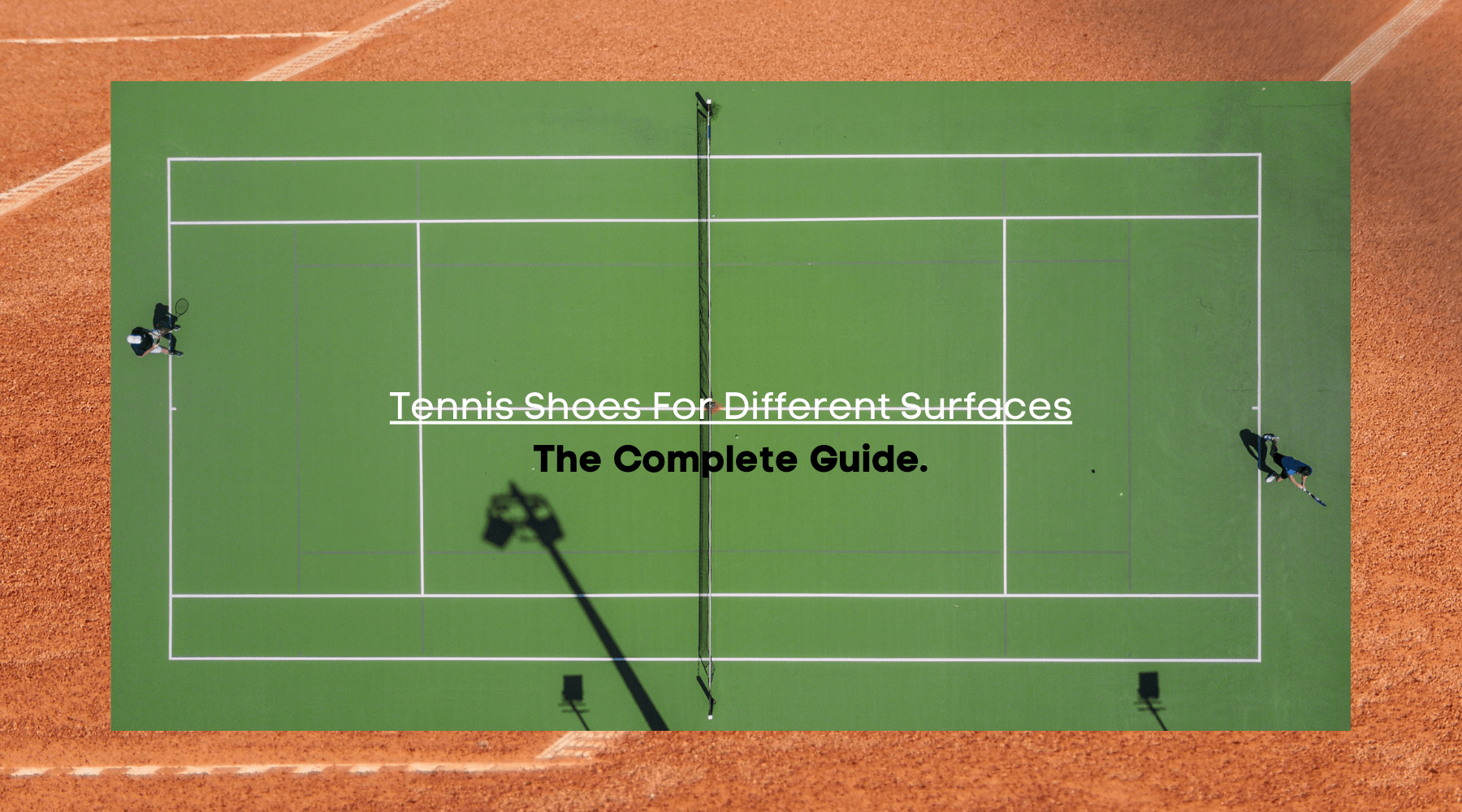From Clay to Grass: The Ultimate Guide to Choosing Tennis Shoes for Different Surfaces
As a tennis enthusiast, you know that having the right pair of tennis shoes can make all the difference in your game. While it's important to have the correct grip, stability, and support on the court, not all tennis shoes are created equal. Understanding the differences between the various types of tennis shoes can help you make an informed decision and find the perfect match for your feet and playing style. In this article, we'll explore the main types of tennis shoes, their unique characteristics, and help you choose the one that best suits your needs.
-
All-Court Tennis Shoes
All-court tennis shoes are designed to provide a well-rounded performance on any type of tennis court surface. These versatile shoes usually feature a modified herringbone tread pattern on the outsole, providing a balance between grip and give on hard, clay, and grass courts. All-court shoes typically offer a blend of cushioning, support, and durability, making them an excellent choice for players who play on different court surfaces or simply want a single, do-it-all shoe.
-
Clay Court Tennis Shoes
Clay court tennis shoes are specifically designed for optimal performance on clay surfaces. They feature a full herringbone tread pattern on the outsole, which allows for better grip on the slippery, loose clay. The outsole is also non-marking, preventing damage to the delicate clay court surface. These shoes often have a tighter upper mesh to prevent clay particles from entering the shoe and a more durable toe cap to protect against toe dragging, which is common on clay courts. They might not provide the best traction on hard courts, but they excel on clay.
-
Grass Court Tennis Shoes
Grass court tennis shoes are designed to cater to the unique challenges posed by grass courts. They feature a flatter, nubbed outsole that provides better traction on the slick grass surface without damaging the delicate grass. These shoes also tend to have a lower-profile design, offering more stability during lateral movements. While grass court shoes are not ideal for hard or clay courts, they provide the necessary grip and support needed for competitive play on grass.
-
Hard Court Tennis Shoes
Hard court tennis shoes are built to withstand the demands of playing on hard court surfaces, such as concrete or asphalt. They typically have a durable, non-marking outsole with a modified herringbone or multidirectional tread pattern for good traction on hard courts. These shoes offer extra cushioning to absorb shock and protect your joints from the impact of playing on hard surfaces. They also tend to have reinforced toe caps and a more robust upper construction for added durability, as hard courts can be tough on shoes.
-
Lightweight Performance Tennis Shoes
For players who prioritize speed and agility, lightweight performance tennis shoes offer a minimalistic design with less cushioning and support than other types of tennis shoes. These shoes focus on reducing weight and enhancing breathability, allowing for quick movements on the court. While they may lack some durability and support features found in other shoes, they are perfect for those looking for an ultra-light, speedy option.
Conclusion
Selecting the right tennis shoe depends on your specific needs, playing style, and court surface preference. By understanding the differences between all-court, clay court, grass court, hard court, and lightweight performance tennis shoes, you can make an informed decision and find the perfect match to elevate your game. So, lace up your ideal tennis shoes and hit the court with newfound confidence and comfort.
Shop our range of tennis shoes and enjoy our latest discounts!






